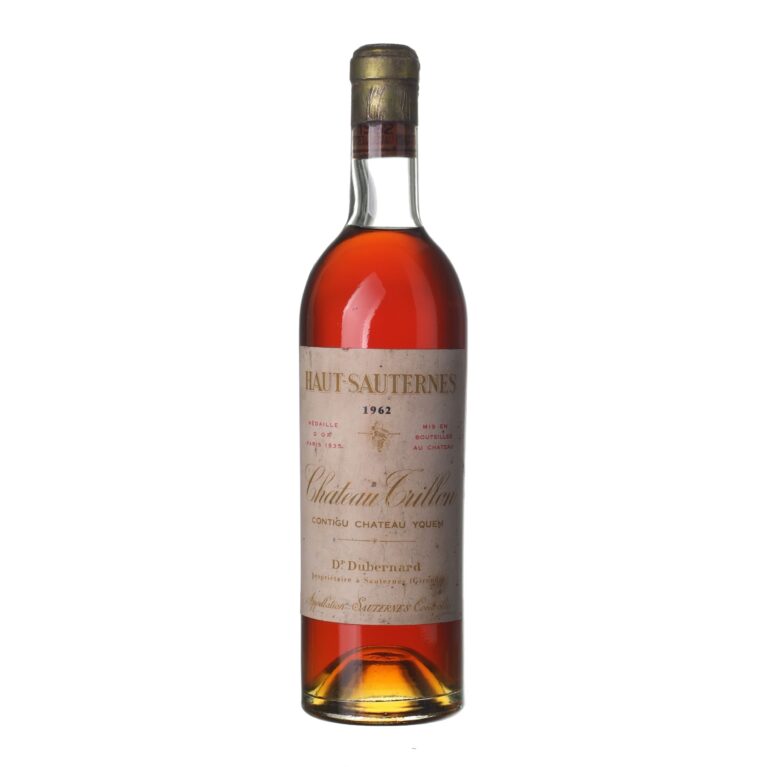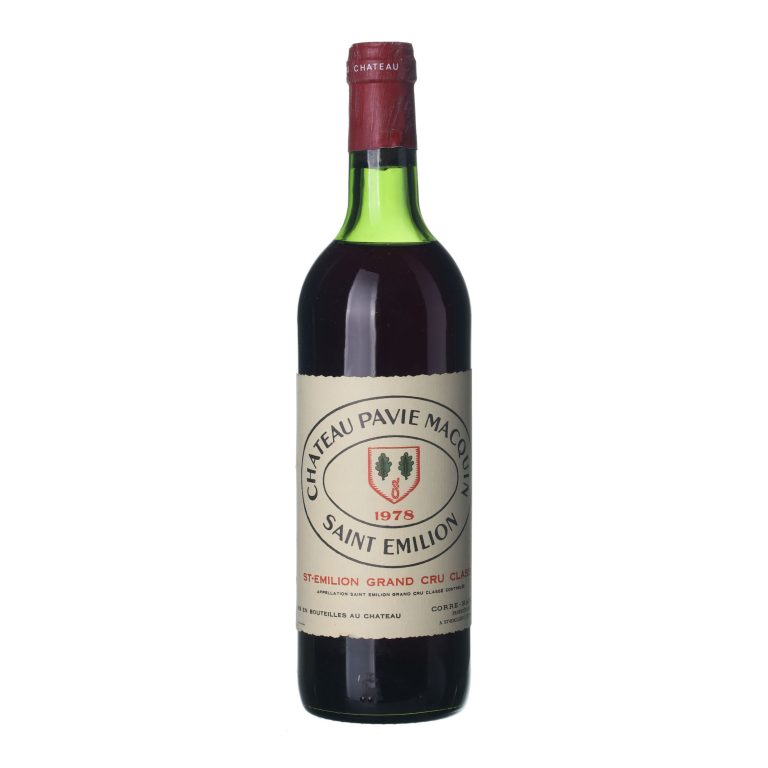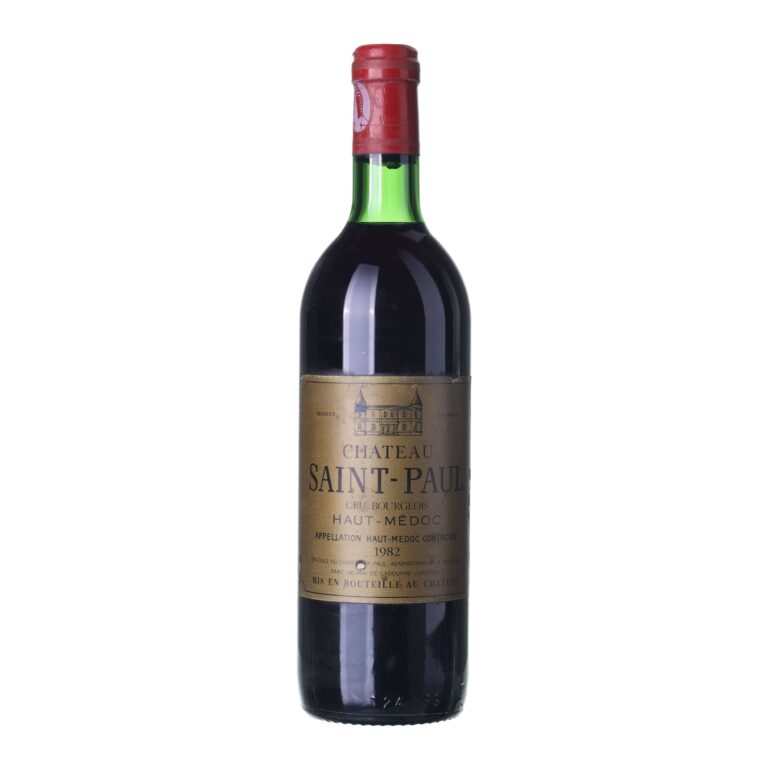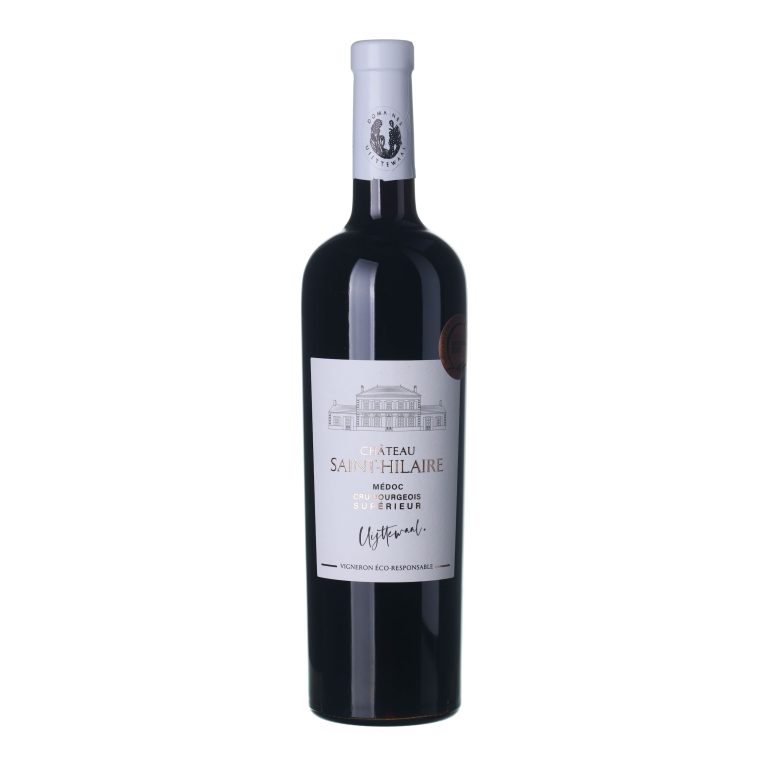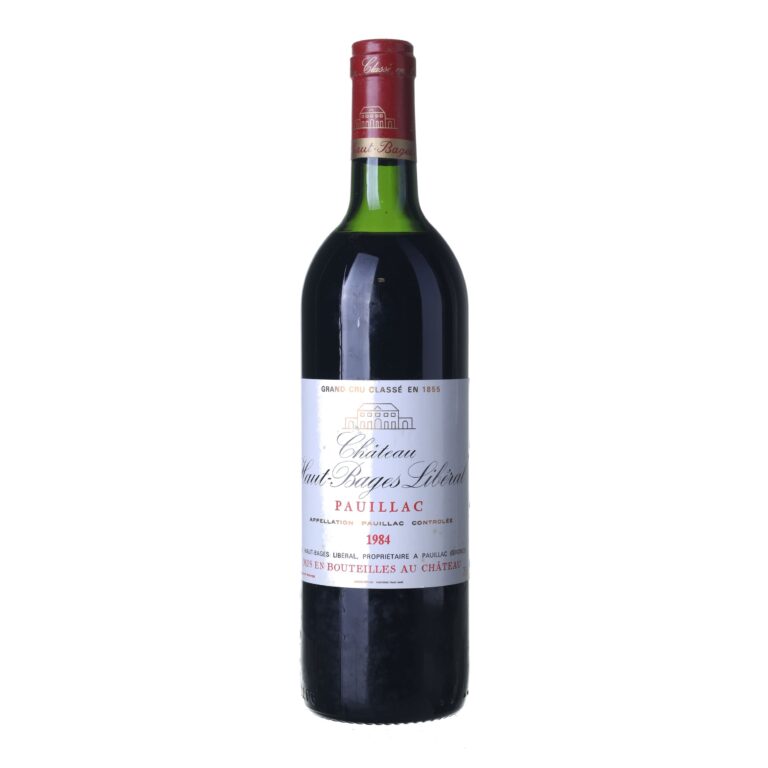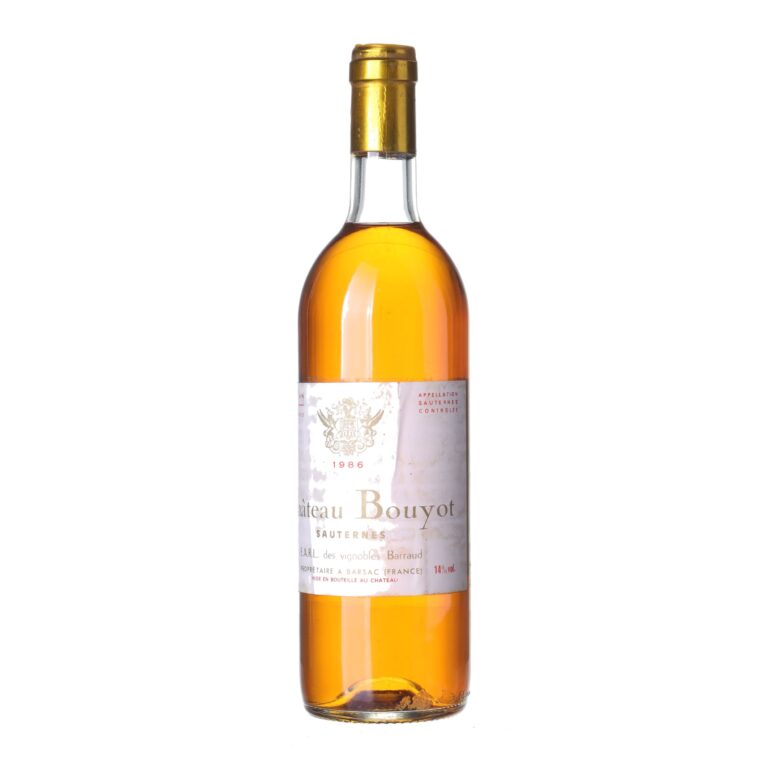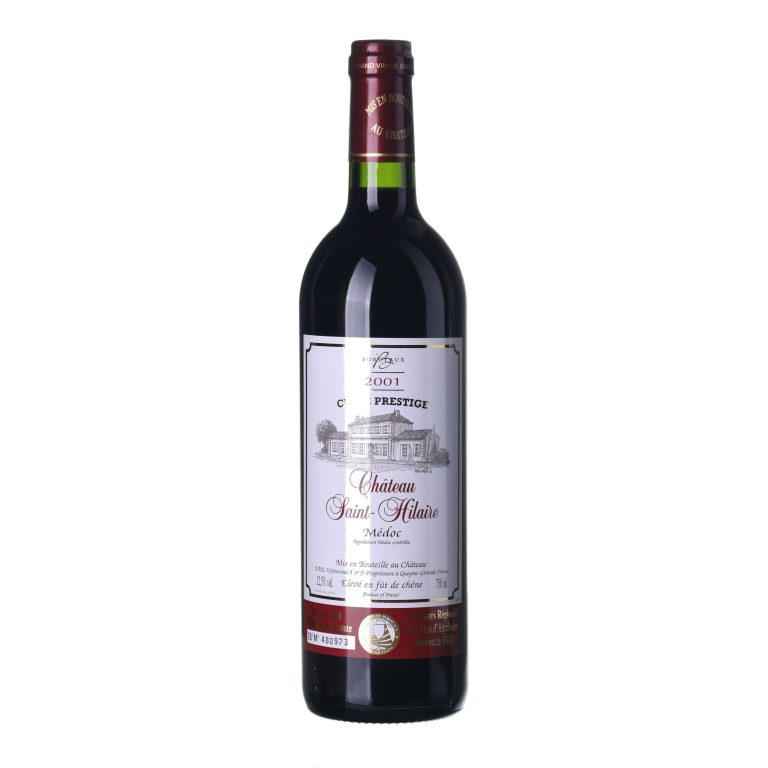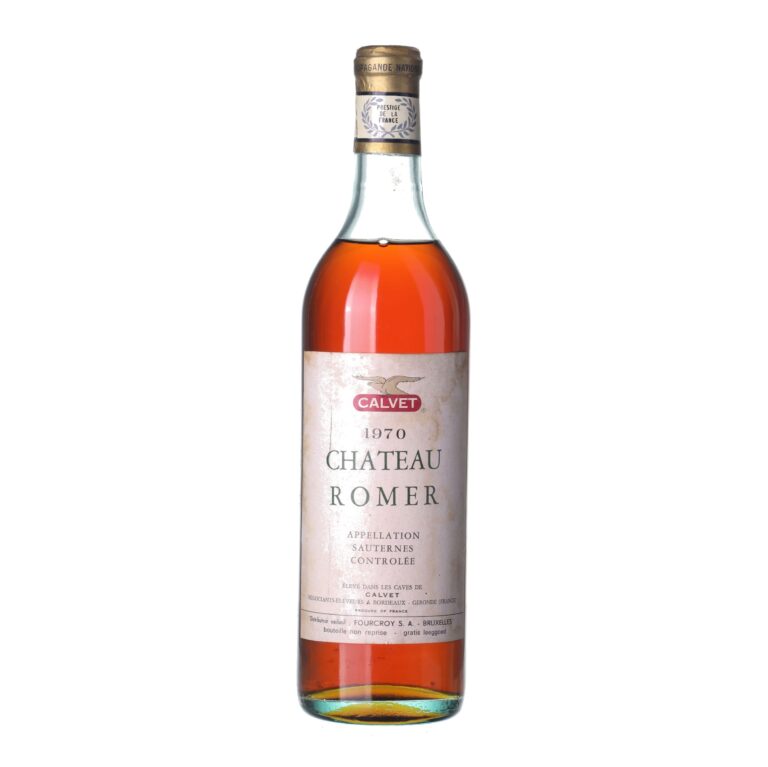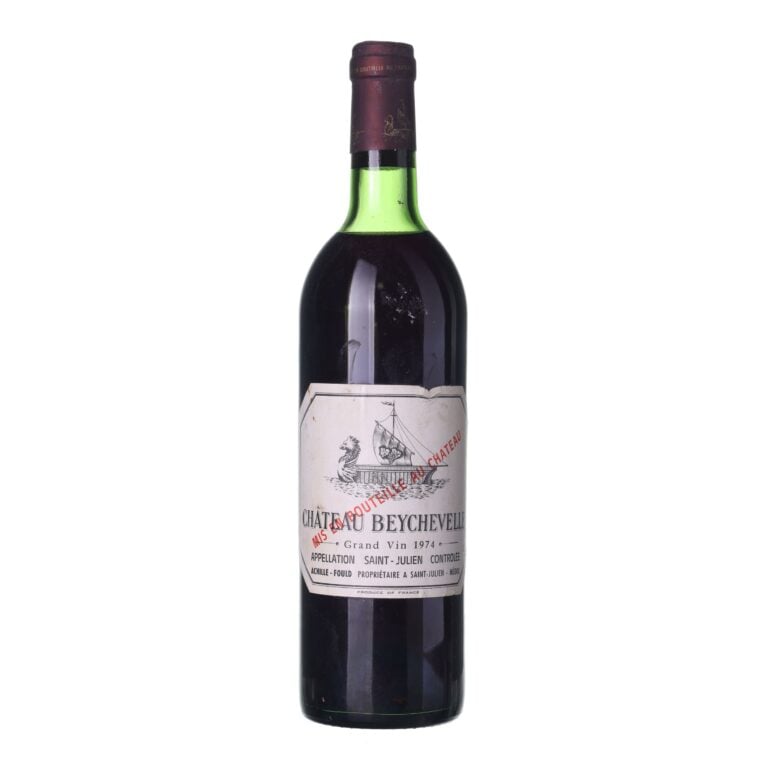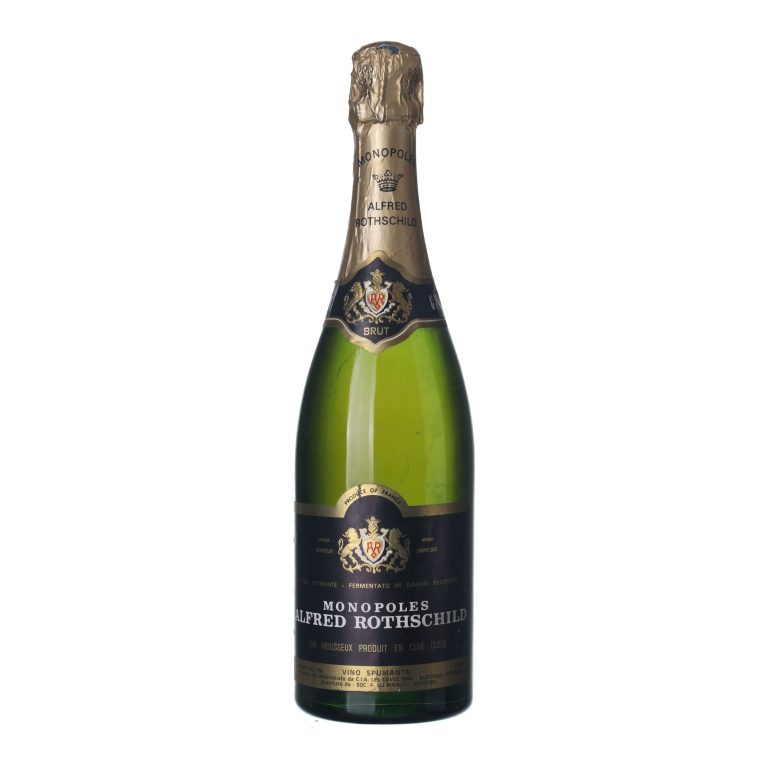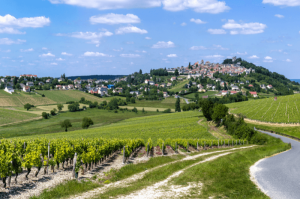The history of Sauternes wine: When was it created?
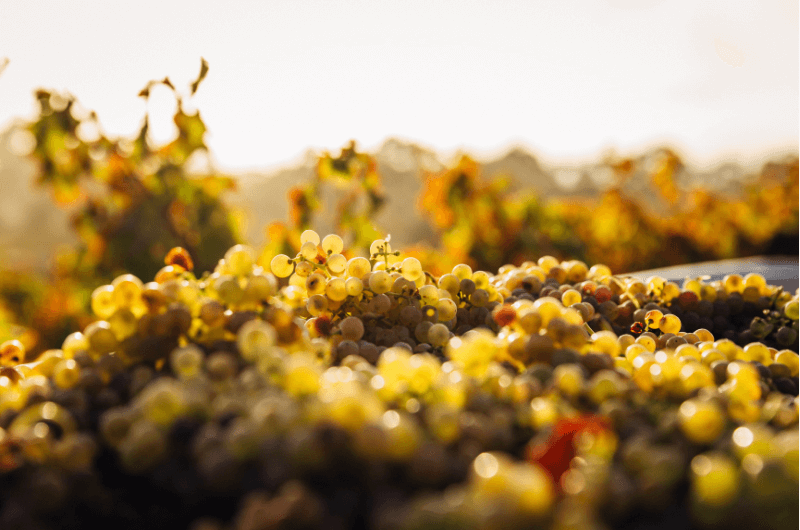
Sauternes, a sweet wine that has its provenance in the Bordeaux region, is produced from three types of grapes with the help of a noble fungus. There are two stories told about its origin. Which one is true?
When was Sauternes wine created?
Like other French wines, Sauternes also had its beginning with the Romans, who were the founders of viticulture in France. However, the oldest documents testifying to the production of this wine only date back to the 17th century, and two stories are told about its beginnings. We’ll tell you quick versions of both of them.
1. In which the merchant delayed his harvest
In 1836, the wine merchant Focke waited until the fall rains ended before starting the grape harvest at his château in Bordeaux. When the sun came out, the grapes dried up and a noble fungus appeared on them (a kind of mold that attacks grape vines). It caused the grapes’ skins to turn brown, and the sugar began to become very concentrated in them. The result was a beautifully sweet wine that came about by accident.
2. In which the marquis arrived late
The second story is also based in chance. In 1874 the marquis de Lur-Saluces was delayed as he was making his way back to his château from Russia. However, before his departure to Russia, he had given instructions that the grape harvest should not begin before his return. When they began harvesting, the grapes were already thoroughly infected with the noble fungus and a sweet wine was born.
How was Sauternes wine really created?
According to historians, merchants from the Netherlands started to engage with the production of wine in the 17th century. They began in Bordeaux by planting white grape varieties, and they introduced the technique of stopping the fermentation using sulfur. Thanks to this method, a lot of residual sugar remained in the wine. In time, the Dutch merchants arrived in the Sauternes region and then transferred their production there. However, it’s not clear whether they were deliberately letting the grapes be infected with the noble fungus.
Sauternes and the noble fungus
The noble fungus Botrytis cinerea is a kind of mold that infects grapevines. The grape harvest and production of wine made with this fungus can be tricky. That’s because it can change into a grey rot that destroys the grapes. The noble fungus is thus fundamental for producing Sauternes, and in some years when the vines didn’t catch the fungus, they sell grape juice. Sauternes is thus one of the riskiest and least reliable wines to produce. And this makes it even rarer.
Ideal climatic conditions for Sauternes wine
The Sauternes region is perfect for the production of Sauternes wine. It’s located 40 km to the south of the city of Bordeaux at the confluence of two rivers: the Garonne and the Ciron. The Ciron tributary has a lower temperature than the Garonne. When the tributaries flow together during a warm and dry fall, fogs rise up to the vineyards. This creates ideal conditions for the growth of the noble fungus.
Sauternes wine can only be produced using three types of grapes. Which ones are they?
- Sémillon makes up approximately 80 % of Sauternes wine. The skin of this variety is thin, which makes it an easy target for the noble fungus.
- Sauvignon Blanc lends the resulting wine the acidity and freshness that Sémillon lacks.
- Muscadelle is difficult to grow and undesirable types of mold can appear on it. It also doesn’t develop as well as the above-mentioned varieties, and doesn’t have the potential for maturation. It does, however, have its typical floral aroma.
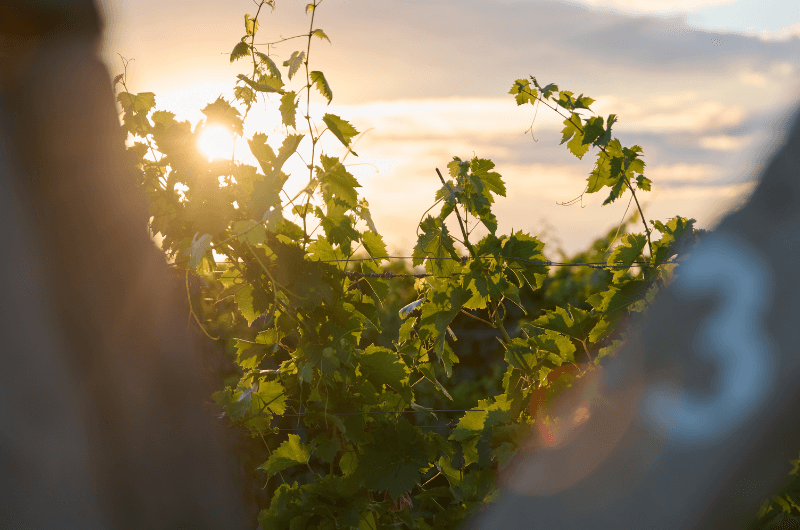
Sauternes: wine with the potential for long maturation
Sauternes is characterized by its capability for maturing over a long period. This is due to its fruity character and acidity. The acidity preserves the integrity of the wine, while the fruity tones recede to the background and allow tertiary flavors to emerge – caramel, butter, and spices. The golden shade of a young Sauternes gives way to an vintage wine with a dark caramel color.
Tip: Read here about how to store vintage wines properly.
Sauternes: a sweet gift
Have you become fond of sweet Sauternes wine from the French region of Bordeaux? You can choose a bottle from among various vintages and wineries in our e-shop. It also makes a wonderful gift for lovers of sweet and vintage wines. We’ll be glad to pack it up for you in a luxurious wooden box, and we’ll even include a special opener for vintage wine.
Select wines. In your email.
once every month. You can look forward to our recommendations, interesting content, and great offers for your archive for your archive.
By sending an email you agree to the Terms and Conditions for Protection of Personal Data


